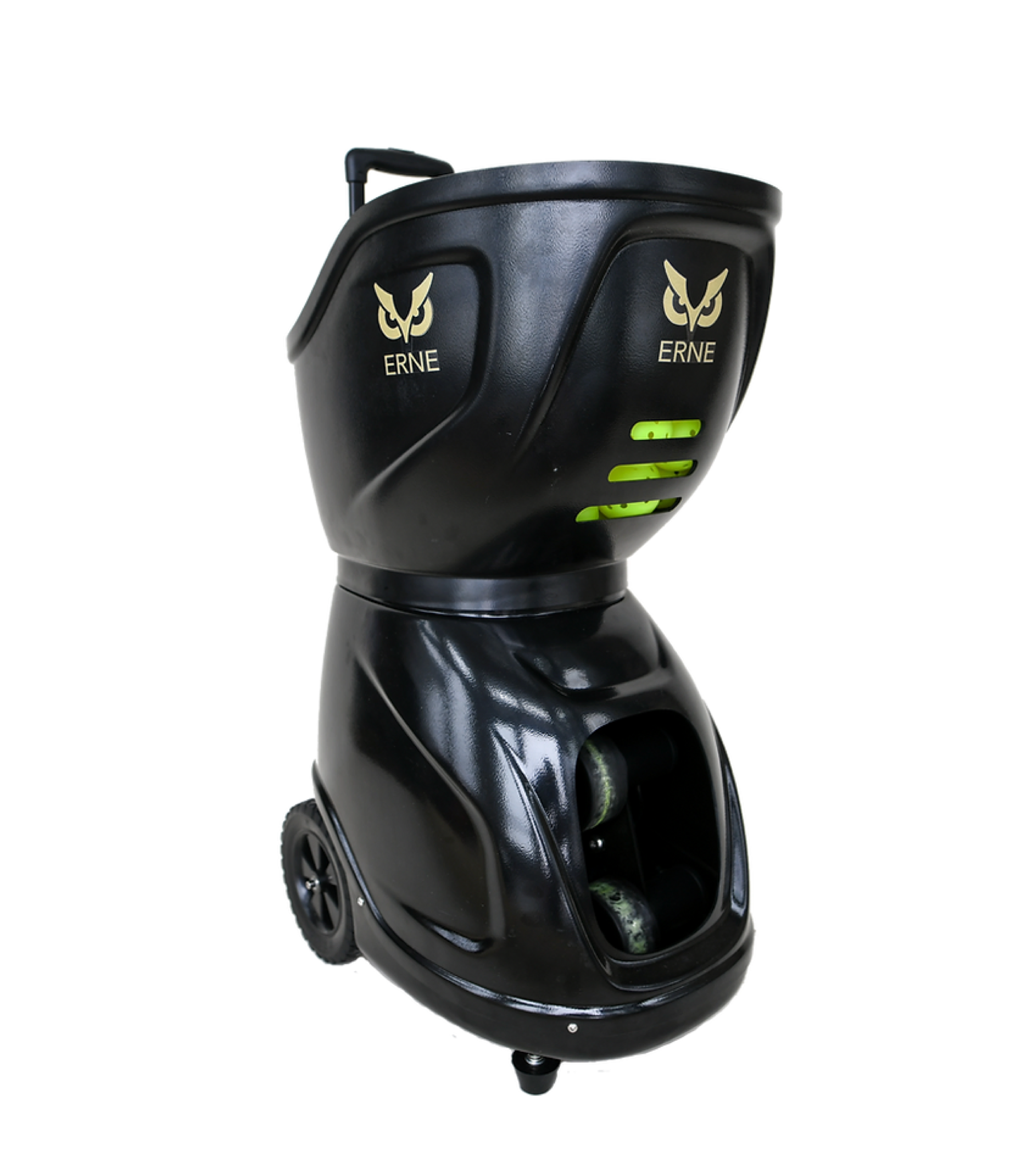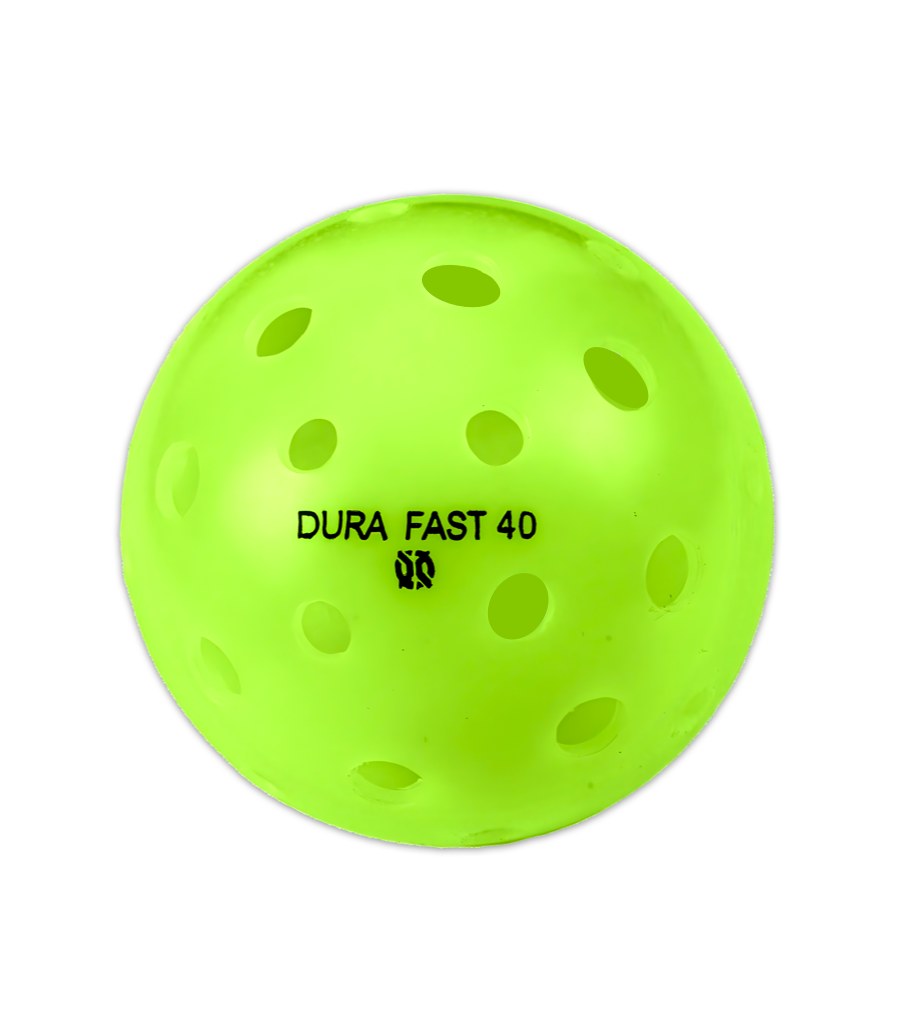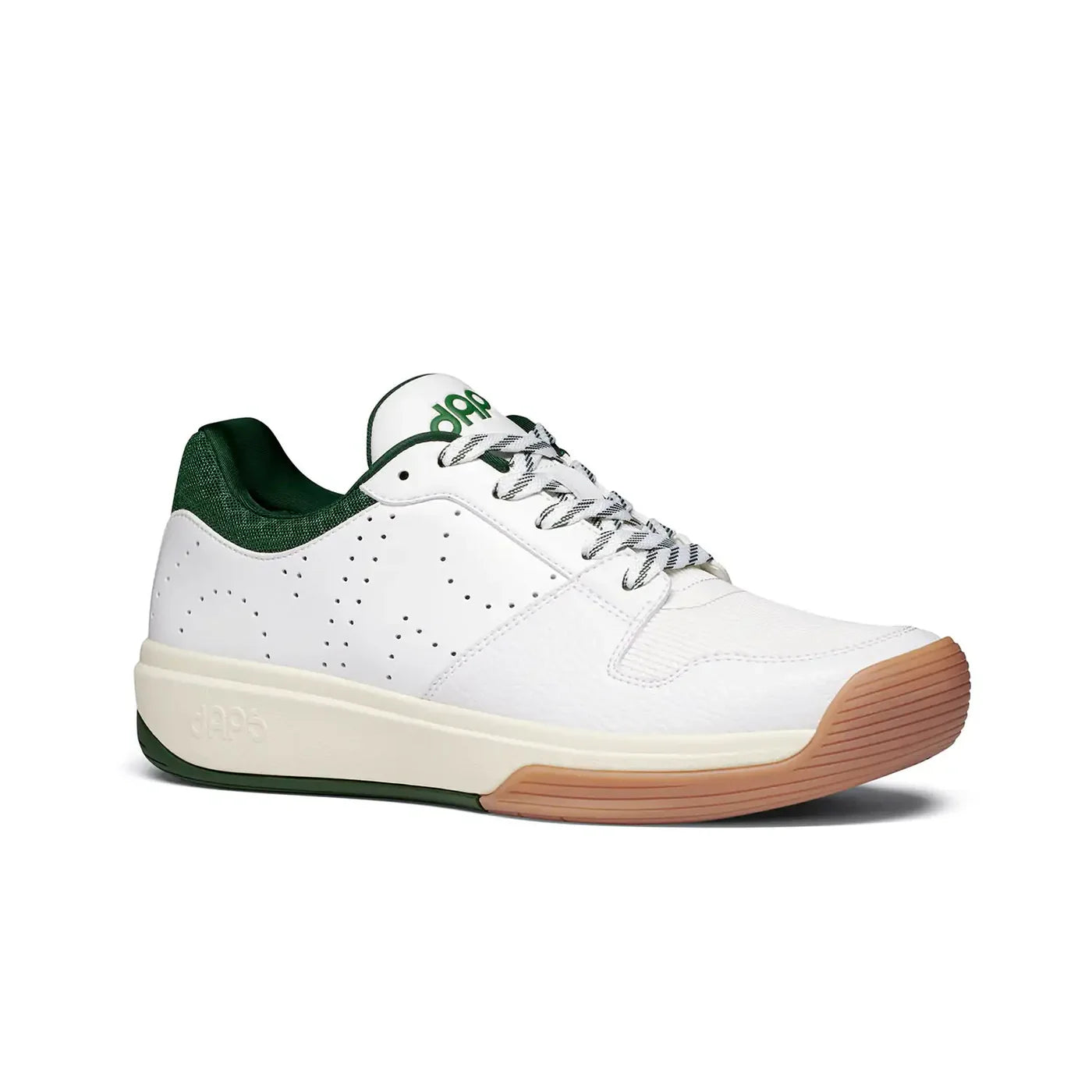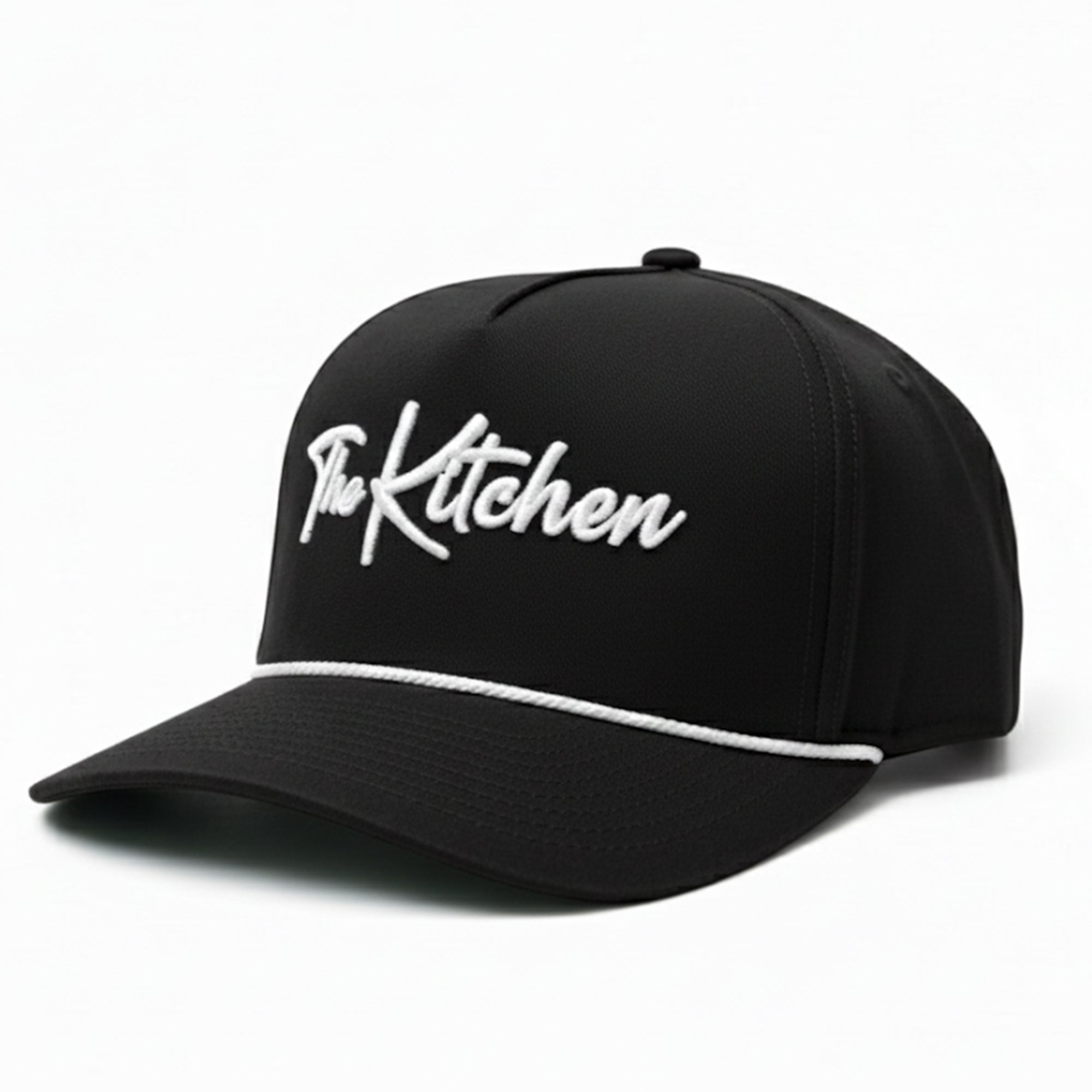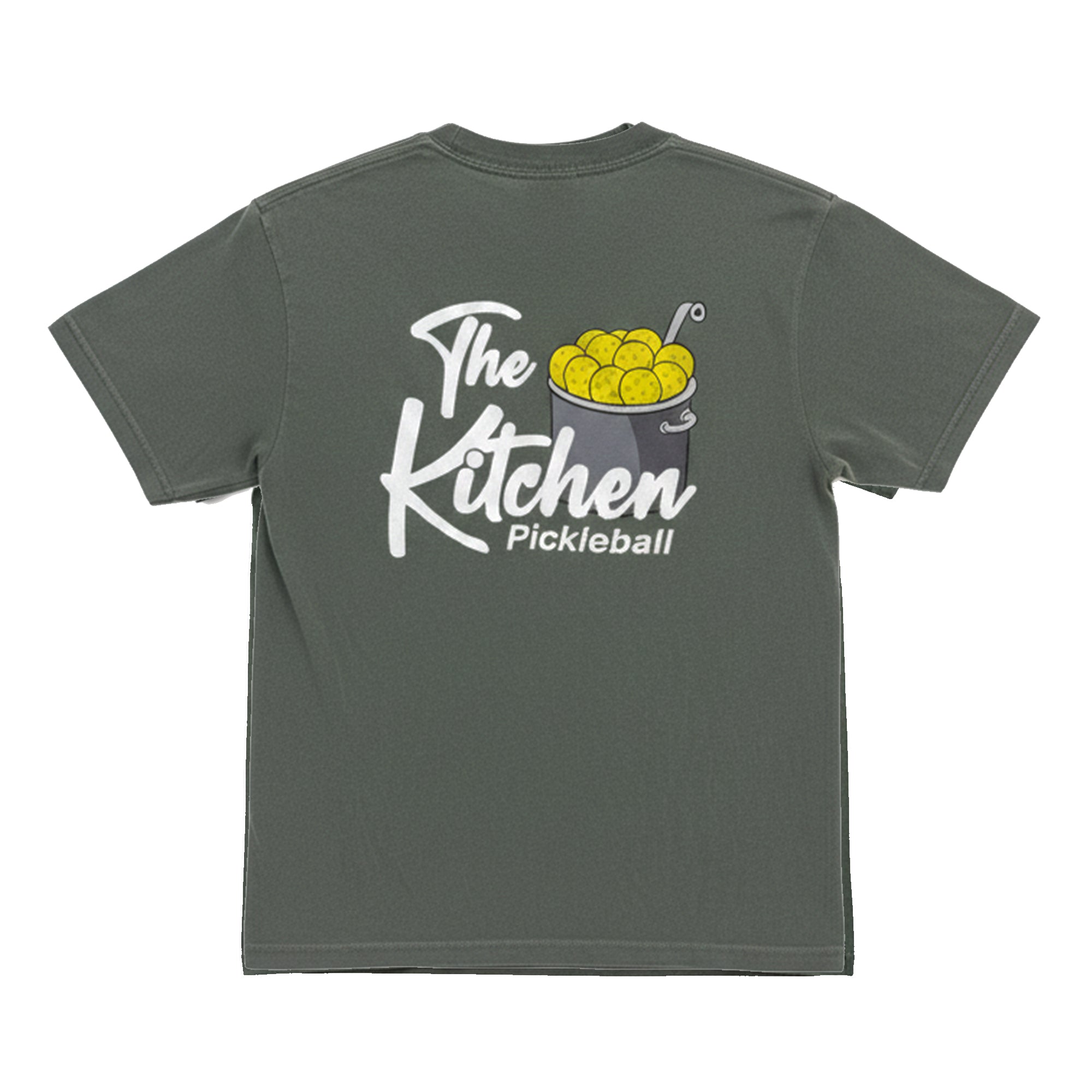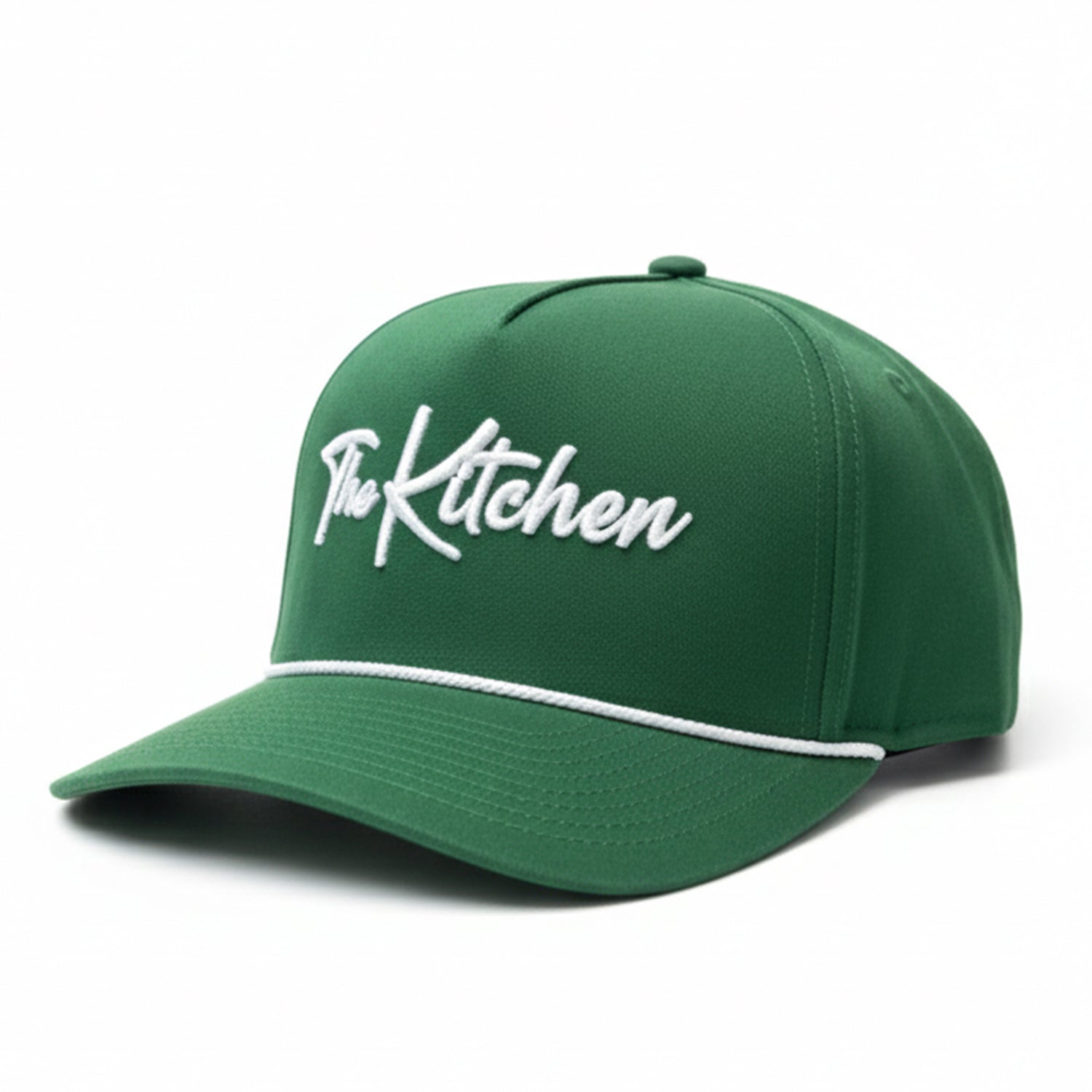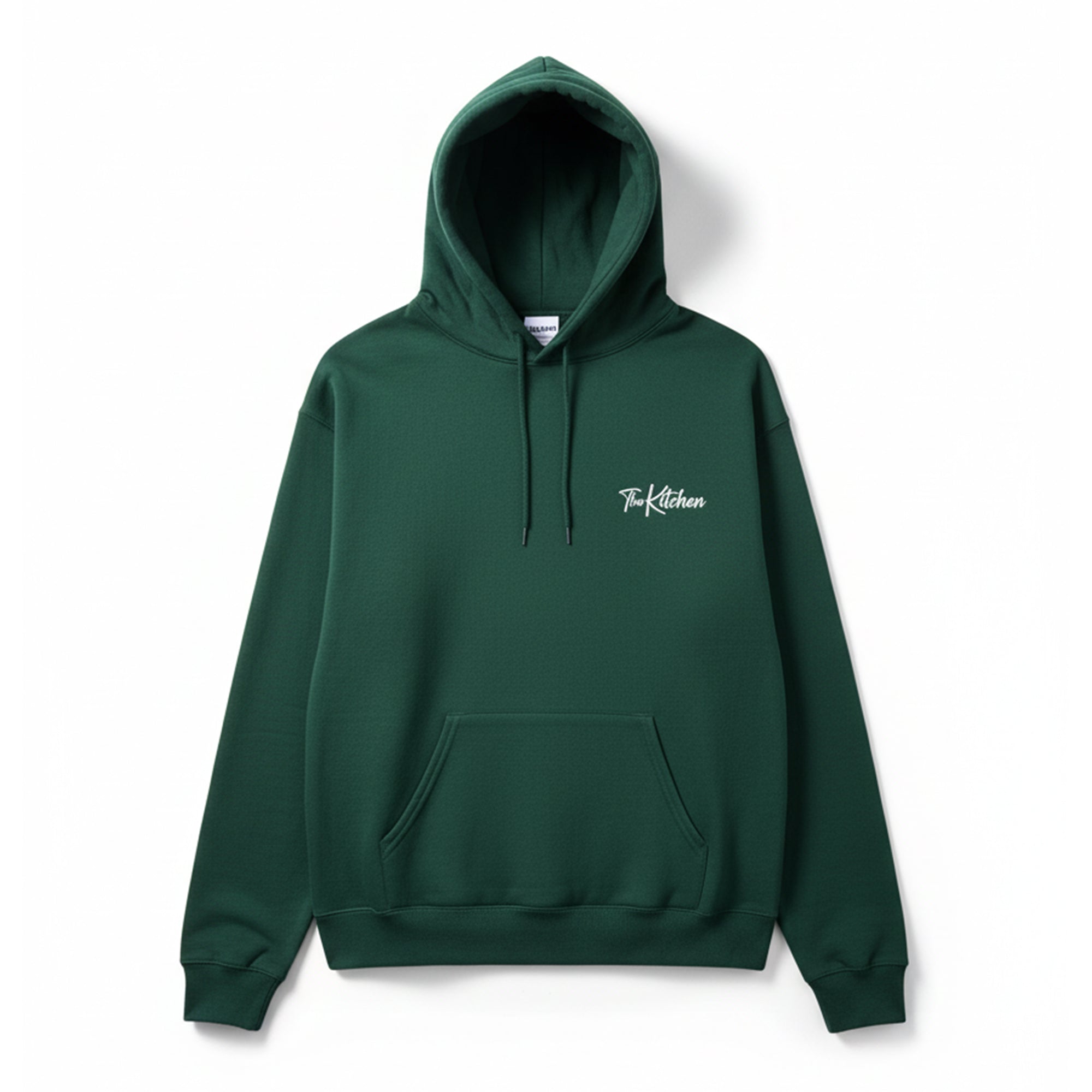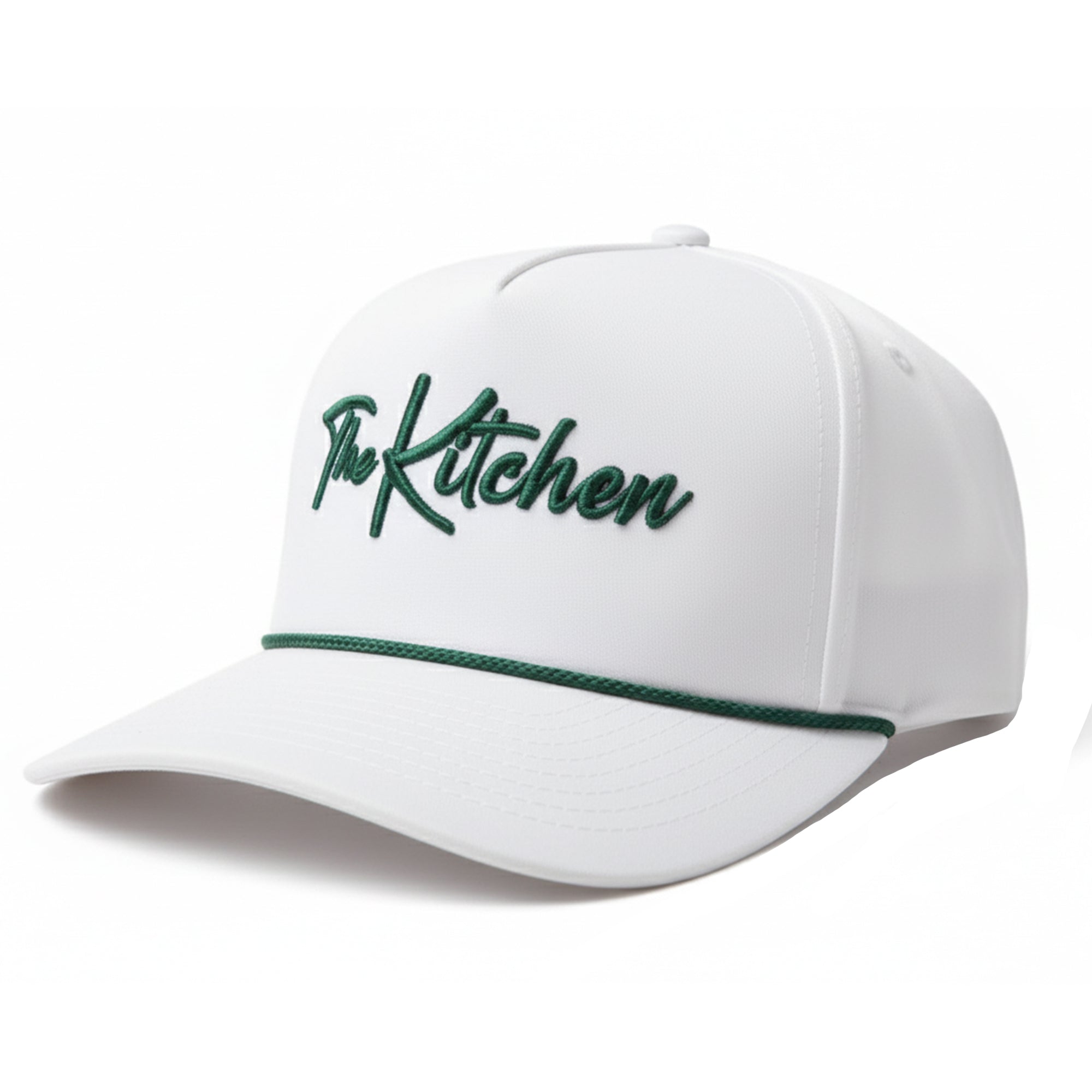How Pickleball Has Evolved
Last Edited
Jan 20 2025
Category
News
For a game that started as a casual backyard pastime in the 1960s, pickleball has morphed into a fast-paced, highly competitive sport.
But with that rise in popularity comes an evolution in how the game is played and key strategies needed to win.
Today’s pickleball strategies, equipment, and tactics have shifted drastically from the game's early days. Most of those advancements have come in the last 10-20 years.
It's fascinating to watch a sport's meta shift so rapidly. Imagine if American Football's key strategies and skill levels jumped ahead dramatically between seasons?
What's even more fascinating is that it is difficult to pinpoint the cause of these changes. Was it improved paddle technology that propelled the quality & breadth of play, or the players' skills and understanding of strategy?
Truly, you can make a case for either answer. But if you ask those who've been around the pickleball block, they'll tell you it's unquestionably, "both."
The Impact of Technology: Grit & Spin
Early pickleball was dominated by simple paddles made from wood or, starting in the 1980s, fiberglass faces with honeycomb cores.
These paddles could add pop, but lacked the ability to impart much spin. Fast forward to today: paddles with textured surfaces, or “grit,” have opened new avenues for aggressive play.
Modern paddles allow for greater topspin and backspin on shots, transforming the once-defensive dink game.
Players can now add a backhand flick or backhand roll, shots that were near-impossible with wooden paddles.
“The evolution of adding grit, external weight with lead tape, and then carbon has completely transformed the way players approach dinking.” - Rick Witsken, co-founder of the National Pickleball League,
This newfound ability has changed the definition of what constitutes an “attackable ball.” Balls that were once safe at the non-volley zone are now prime targets for aggressive dinks with spin.
A dink, once a safe soft shot, can now be an offensive weapon.
If you don't have anyone to practice with...there's always our favorite pickleball product ever, The ERNE pickleball machine.
Serving Aggression Changes Each Point from the Start
The serve, once viewed as a formality to put the ball into play, has turned into a critical tool for gaining control of a rally.
Today’s players are pushing the limits, with high-velocity serves and added spin. Players like Zane Navratil and Tyson McGuffin revolutionized the serve, taking full advantage of new paddle technology to generate power and unpredictability.
“By the time I went pro, Tyson was already known for his serve,” Zane recalls. “And soon after, we saw the rise of the chainsaw and spin serves.”
These modern players don't view aggressive serves as ways to win points, though. It's more about placement: a deeper serve with spin is more difficult to return strategically.
But before the serve was weaponized, players 10 or more years ago would have more options for returns at their disposal.
Look at the serve at the start of this US Open 2017 point:
Notice how short the ball falls. It lands midcourt, affording the receiver more options for placement and pace. This was commonplace in high level pickleball until at least 2019/2020, Zane notes.
Third Shot: The Evolution from Drop to Drive
The third shot drop was long considered the cornerstone of pickleball strategy. Its purpose? To neutralize your opponent’s advantage and get to the kitchen line.

But in recent years, we’ve seen a new trend: the third shot drive.
Anna Leigh Waters, widely called a “banger” in her early years, popularized an offensive approach to the third shot, smashing through the notion that patience always wins out.
Around 2016, the concept of "drive and crash" started to take hold.
This shift, often referred to as the “Shake and Bake,” was introduced by players like Morgan Evans, who began crashing the net after a drive to overwhelm the defense.
This strategy is now common even at the recreational level.
The Two-Handed Backhand and Left-Side Domination
Another major evolution is the rise of the two-handed backhand, especially in men’s play.
For years, this was understood as a tool for women in the sport to gain a little extra power. Now, it’s being used by some of the best male players in the world, thanks in part to pioneers like the Newmans.
This shot gives players more stability and control, especially in high-paced hand battles.
Additionally, the concept of the left-side player dominating the court has gained traction.
The Dink Master Pro from Enhance has a dual-sided design, with one side dedicated to fire-fight training & the other designed to help your master the soft game.
The player on the left now often takes a larger portion of the court, assuming a more aggressive role to dictate the game.
This shift in court dynamics, which has been steadily increasing over the last two decades, allows for more offensive opportunities and court control.

The Future of Pickleball Strategy
With the continued evolution of paddles, fitness, and techniques borrowed from tennis, it’s hard to say where pickleball strategy will go next.
Read Next: What Pickleball Looked Like in the 1970s
But one thing is clear: the game is faster, more offensive, and more exciting than ever.
Feel like playing pickleball now? Check out all our favorite gear at Pickleball Central.
